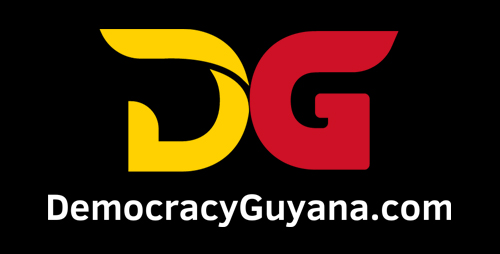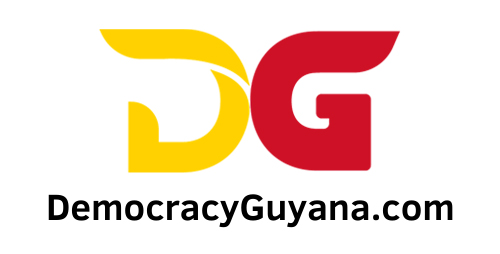Over the past five years, Kaieteur News have always argued that the assets owned and operated by the oil companies, ExxonMobil Guyana (EMGL), Hess and CNOOC are the property of Guyana. Often, this question about ownership of these assets is posed to the Vice President at his weekly press conference, to which his response is always correctly to the contrary.
More specifically, the Alliance for Change (AFC) oil and gas spokesperson, Dr. Vincent Adams, in response to the same question posed to him by Kaieteur News, provided a different answer, confirming that all the assets belong to Guyana wherein he cited Article 20 of the Petroleum Agreement to substantiate his response. Respectfully, however, Dr. Adams is right and wrong at the same time. Let me explain.
A careful reading of Article 20 clearly indicates that the assets, fixed and movable, the cost of which are fully recovered, shall only become the property of Guyana upon the expiration of or termination of the Agreement. In other words, the Petroleum Agreement between the Government of Guyana (GoG) and the Contractor is akin to a BOOT (build-own-operate-transfer) arrangement, which is a form of Public Private Partnership (PPP). In a BOOT arrangement, the private entity is required to finance, construct, design, own and operate the facility over a specified period of time, and thereafter, the assets and/or the entire facility shall be transferred to the Government. Thus, until the Contract is expired or terminated, the facility and all its assets shall be owned by the operator or contractor.
In the case of the Petroleum Agreement between the GoG and the Contractor (the oil companies: EMGL, Hess and CNOOC), it is no different.
Article 20.1 (b) states:
“Subject to Article 20.1 (c) upon expiry or termination of this Agreement in accordance with the provisions hereof, the Contractor shall upon notification by the Minister pursuant to Article
20.1 (d) (i)”:
- deliver to the Minister, free of charge, in good order and condition (fear wear and tear expected) all installations, works, pipelines, pumps and casings, tubings, engines and other equipment, machinery or assets of a fixed or permanent nature, constructed, used or employed by the Contractor or the Operator in the Contract Area;
- deliver to the Minister, free of charge, any fixed assets relating to Petroleum Operations outside the Contract Area and movable assets owned by the Contractor or Operator and used or employed in connection with Petroleum Operations and located in Guyana for which costs have been fully recovered in accordance with Annex C; herein, where costs have not been fully recovered, the provisions of Article 20.1 (b)
- shall apply;
(iii) sell to Minister any other assets owned by Contractor or Operator and used or employed by the Contractor or Operator in the Contract Area or elsewhere in Guyana in connection with Petroleum Operations at a price equivalent to the unrecovered cost of the assets.
It should be noted as well that there are some exceptions where Article 20.1 (c) states that “the above provisions of Article 20.1 (b) shall not apply to”:
- assets which are still required by the Contractor or Operator for use in respect of the Contract Area in Guyana subject to another petroleum agreement at the time of expiry or termination of this Agreement;
- equipment and other assets rented or leased by Contractor in Guyana;
- equipment and other assets rented or leased by Contractor and imported in Guyana for use in Petroleum Operations and subsequently exported therefrom;
- equipment and any other assets owned or leased by a sub-contractor;
- household goods and vehicles which are the personal property of employees of the Contractor and Sub-Contractor;
- equipment and other assets otherwise not owned by Contractor or Operator.
As clearly demonstrated herein, the assets of the Contractor, Operator and Subcontractor, according to Article 20 of the Petroleum Agreement, shall only become the property of the GoG upon the expiration or termination of this Agreement. It therefore means that during the operating life of the Agreement, the assets are the property of the Contractor except for those assets that have been rented or leased. This model is similar to a BOOT model as explained above.





